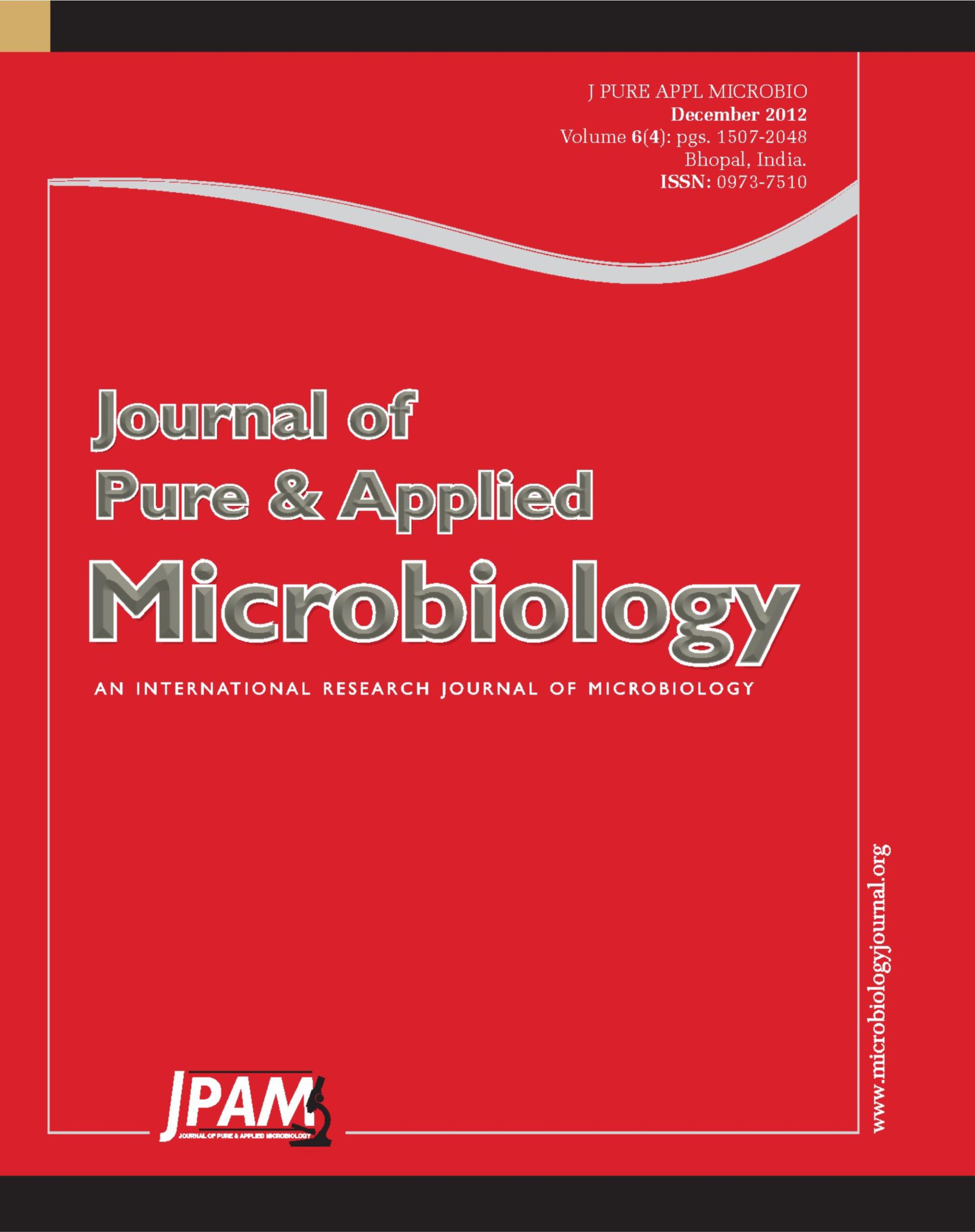Trichoderma species that were isolated from maize plant parts and identified at IMI, England, and which successfully inhibited growth of F. verticillioides in vitro were taken to the screenhouse and field, to examine any probable pathogenic effect they might exert in the tissues of maize (Zea mays) stem; and to also examine the effect of nail punch method (combined with toothpick method of inoculation) on rot formation within the inoculated internodes of maize (Zea mays) plant. The Trichoderma species include T. pseudokoningii strain 1; T. harzianum strain 2; T. hamatum; T. pseudokoningii strain 2; T. pseudokoningii strain 3; T. pseudokoningii strain 4 and T. pseudokoningii strain 5. Maize seeds (DMR-LSRW) were planted in the screenhouse, and in the field. Seven weeks after planting, sterilized nail on a wooden handle was used to pierce the 2nd internodes of the maize stems, both in screenhouse and field, and toothpicks, previously treated with the Trichoderma species and control were inserted therein using a sterile forceps. Data collection was done 5 weeks after inoculation. All inoculated internodes for all treatments of Trichoderma species and control, in screenhouse and field were rotten. Rot formation was localized in inoculated internodes for all treatments except control, in screenhouse and field. All internodes above and below inoculated internodes for all treatments except control, in screenhouse and field were not rotten. All the Trichoderma species were however recovered from varying points in the internodes above and below inoculated internodes where there was no rot formation in screenhouse and field. In some control, fungi different from Trichoderma species were recovered from inoculated internodes. In screenhouse and field, some Trichoderma species moved farther in upper internodes than in lower internodes and their spores were visible therein; yet such stem tissues were neither rotten nor discoloured. The Trichoderma isolates could thus be said to be non-pathogenic to the maize stems. The rot formation within the inoculated internodes could also be said to have been aided by the wounding due to nail punch for toothpick method of inoculation.
Nail punch method, Toothpick method, Trichoderma species, Inoculated internodes, Lower internodes, Upper internodes
© The Author(s) 2012. Open Access. This article is distributed under the terms of the Creative Commons Attribution 4.0 International License which permits unrestricted use, sharing, distribution, and reproduction in any medium, provided you give appropriate credit to the original author(s) and the source, provide a link to the Creative Commons license, and indicate if changes were made.


